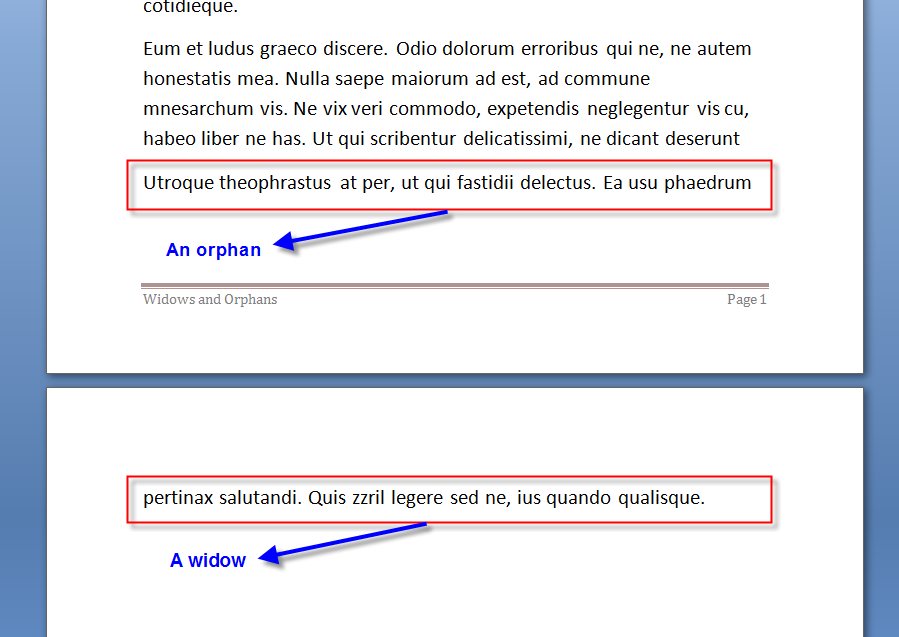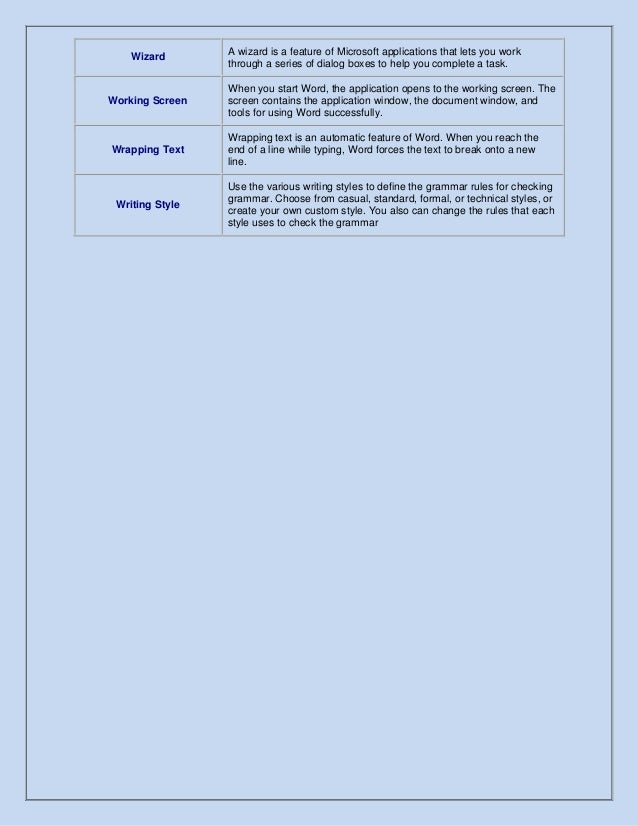

How do you get rid of extra spaces in Word? That is, it keeps a single paragraph from being split across two pages. “Keep lines together,” as the name implies, keeps all the lines of a paragraph together. “Widow/Orphan control” prevents a single line of a paragraph from being left alone at the top or bottom of a page. (See Figure 1.)Make sure the Widow/Orphan Control check box is selected.Click on OK. Word displays the Paragraph dialog box.Display the Line and Page Breaks tab. That said, Keep with Next can be useful for preventing headings and subheads from being divorced from the text that follows them.Controlling Widows and OrphansPut the insertion point in the paragraph that has either the widow or orphan text.Choose the Paragraph option from the Format menu. Beware: Overzealous use of Keeps can cause your text to behave very oddly with paragraphs jumping about from frame to frame as if they had a life of their own. This will keep a specified number of lines at the end of the paragraph together.

If your document does not require your columns to "bottom out," i.e., share the same last baseline, then you can control your paragraph breaks by using Keeps Options. If you have license to rewrite, then go for itoften a subtle rewording will do the trick. This is a sensitive issue and may not be an option at all depending on the kind of document you're working with. If you can't get the result you're after with tracking try one of these other options:Īdding discretionary hyphens (See Chapter 11: " Don't Fear the Hyphen")Īpplying No Break to a selected range of text to prevent it breaking across a line (See Chapter 11: " Don't Fear the Hyphen") With the Paragraph Composer on, (the default), this may not work as expected, because InDesign will recompose every line in the paragraph. To use tracking, select the paragraph that needs attention and track, usually tighter, to cause a different wrap. Restrict yourself to no more than 15 (minus 15/1000 of an em) and no one will notice. You don't want your type looking like a concertina: getting tighter here and looser there as you squeeze or pad your text with space. If you plump for the first option, the golden rule is that no one should be able to tell. Ultimately you're better off fixing widows, orphans, and their wicked cousinthe short exit lineby a judicious use of tracking, hyphenation, and perhaps rewriting. They are not desirable, but neither are they a typographic sin, especially when fixing them may cause more problems than it solves.

They should always be avoided.Īn orphan is the first line of a paragraph that occurs at the bottom of a column or page. Given the drama of their names, the actual definition of widows and orphans may be a little disappointing:Ī widow is the last line of a paragraph, stranded at the top of a column or page.


 0 kommentar(er)
0 kommentar(er)
